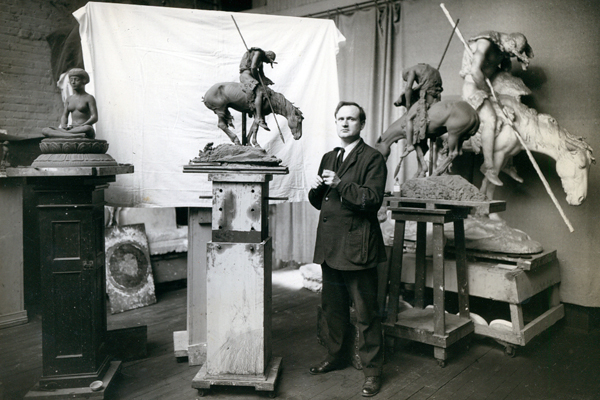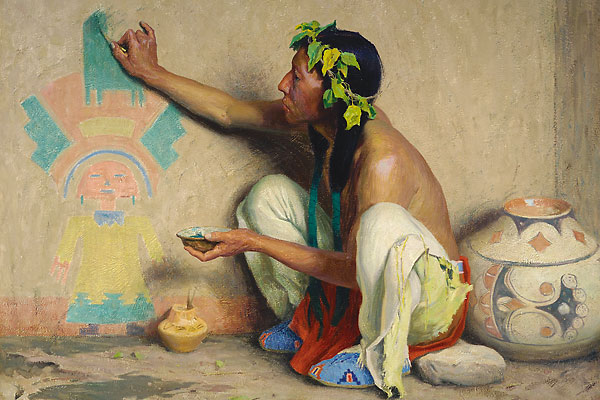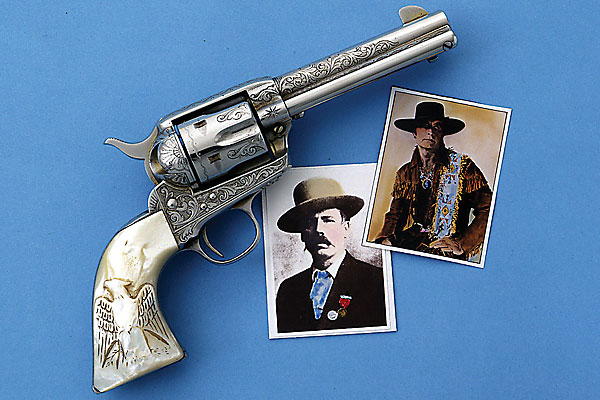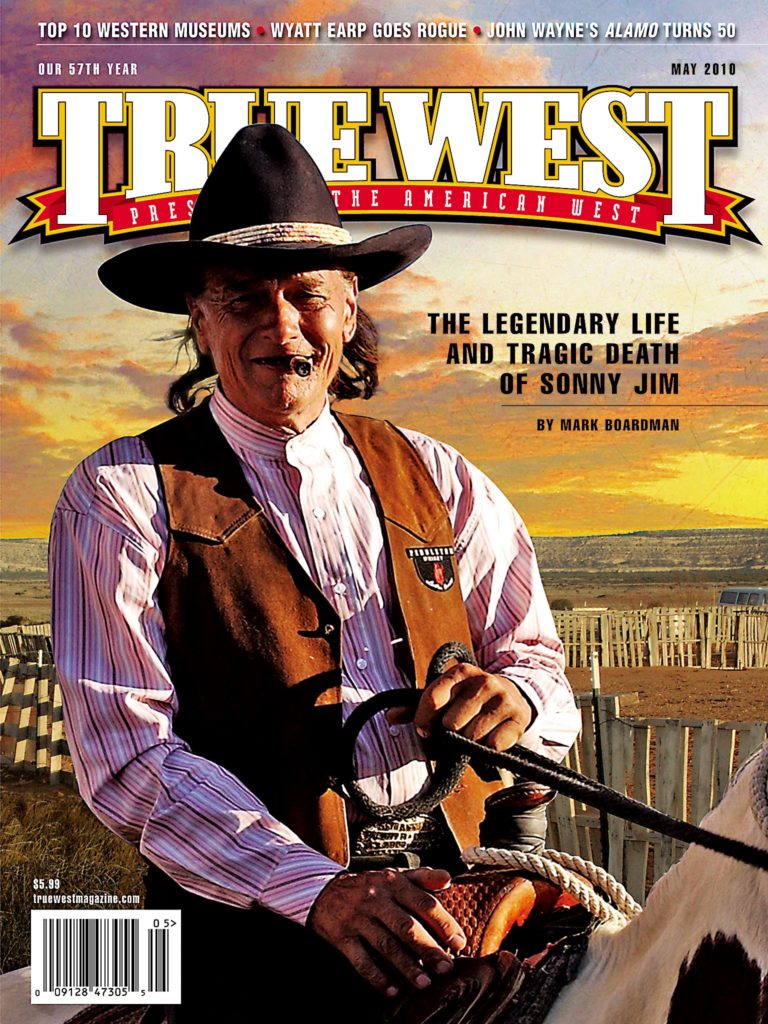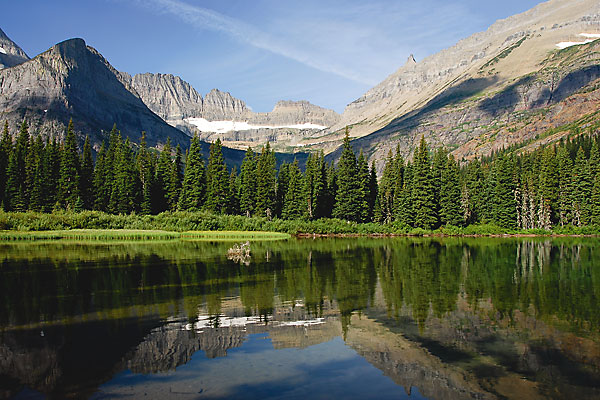
Of the quotes about Glacier National Park, I remember John Muir’s writing: “Give a month at least to this precious reserve. The time will not be taken from the sum of your life. Instead of shortening it, it will indefinitely lengthen it and make you truly immortal.”
Muir was right. I visited Glacier for just a few days in 1990, and whenever I think about that trip, I feel immortal.
Glacier National Park celebrates its 100th anniversary this year—the rededication is May 11, but the party lasts all year—and this is a centennial worth celebrating: Going-to-the-Sun Road, Shining Mountains, Gunsight Pass, 1.2-million acres of bears and beargrass, mountain goats and mountain vistas.
Says Kass Hardy, a Glacier park ranger and the park’s centennial coordinator: “It’s a sublime place, and we’re very fortunate to have it.”
Glacier is a place for hiking, for swatting mosquitoes as big as Boeing 737s and for being awed and humbled at the most breathtaking country I’ve ever seen.
“Wander here a whole summer, if you can,” Muir wrote. “Thousands of God’s wild blessings will search you and soak you as if you were a sponge, and the big days will go uncounted.”
I ask Hardy to name her favorite place in Glacier. She has to think about it. “I would say…ah, let’s see…the Two Medicine area is probably my favorite part of the park. Two Medicine is one place I’m very much drawn to.”
In the days before the Going-to-the-Sun Road (which opened in 1933), Two Medicine was a popular tourist destination. It’s now a fairly quiet campground, where the Two Medicine Chalet (built by the Great Northern Railway in 1914) lies at the shore of Two Medicine Lake. Today the registered historic landmark is a camp store.
Glacier became a forest preserve in 1900, but that didn’t stop mining and homesteading, so folks such as anthropologist George Bird Grinnell lobbied hard for national park status. Senator T.H. Carter of Montana introduced a bill on December 11, 1907. Washington politics being no different then than now, Carter had to try two more times before he made much headway. Yet with assistance from fellow Montanans Charles N. Pray in the U.S. House of Representatives and Joe Dixon in the U.S. Senate, the bill finally passed. On May 11, 1910, President William Howard Taft signed the bill, and Glacier was born.
Glacier’s Centennial (check out GlacierCentennial.org) is a celebration too big to be held just at the park. This is a statewide party. Helena’s Montana Historical Society has put together a traveling exhibit, “Land of Many Stories: The People & Histories of Glacier National Park,” which explores the park through photographs, graphics and text. It runs through February 26, 2011.
In Great Falls, the C.M. Russell Museum has its own special exhibit on Bull Head Lodge, the vacation cabin cowboy artist Charlie Russell and his wife built on Glacier’s Lake McDonald in 1906. Charlie loved Glacier. You can find pictographs he created on the fireplace of Lake McDonald Lodge. The display runs through September 25, 2010.
These fine exhibits are worth visiting, but if you want to feel immortal, you need to see Glacier. In person.
“I get e-mails every day from people from Minnesota, New York, Florida,” Hardy says. “It’s amazing what this place does to people. There’s something really spectacular about Glacier that a lot of people hold very dearly.”


